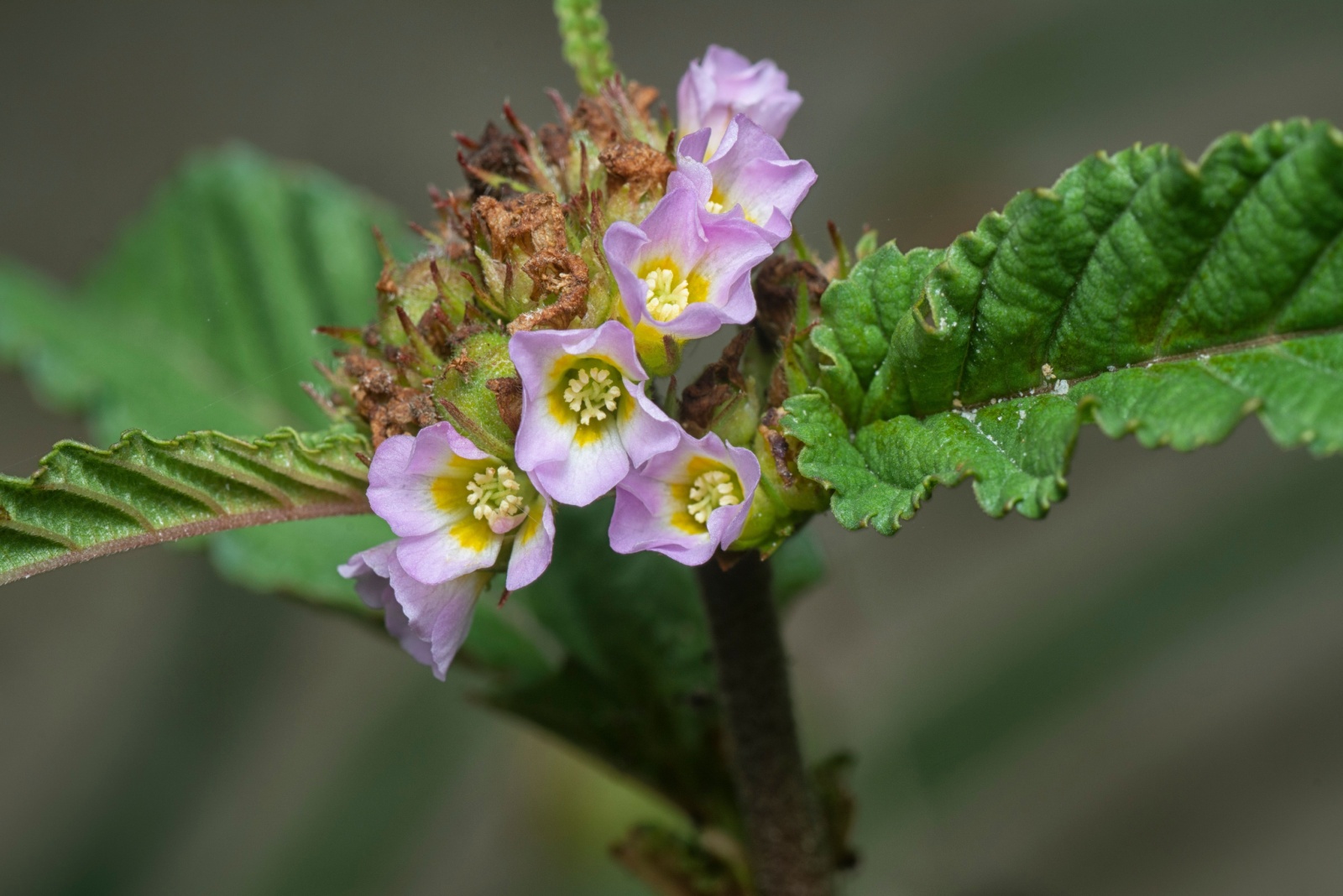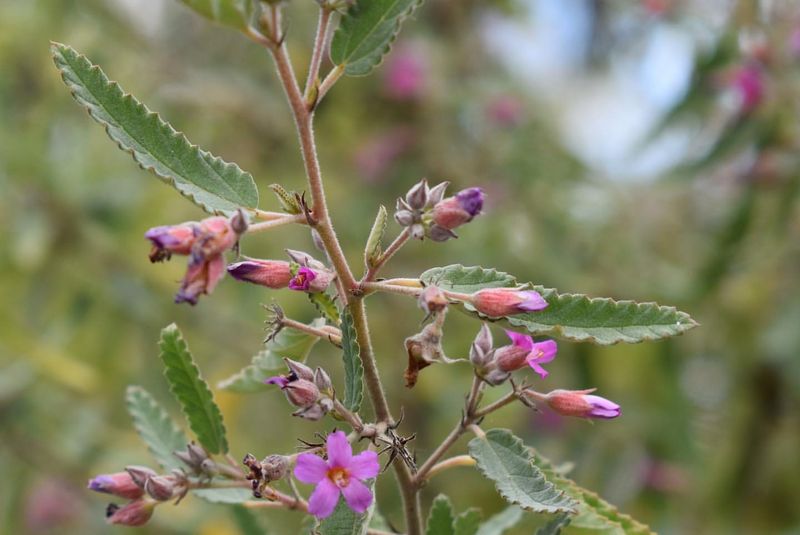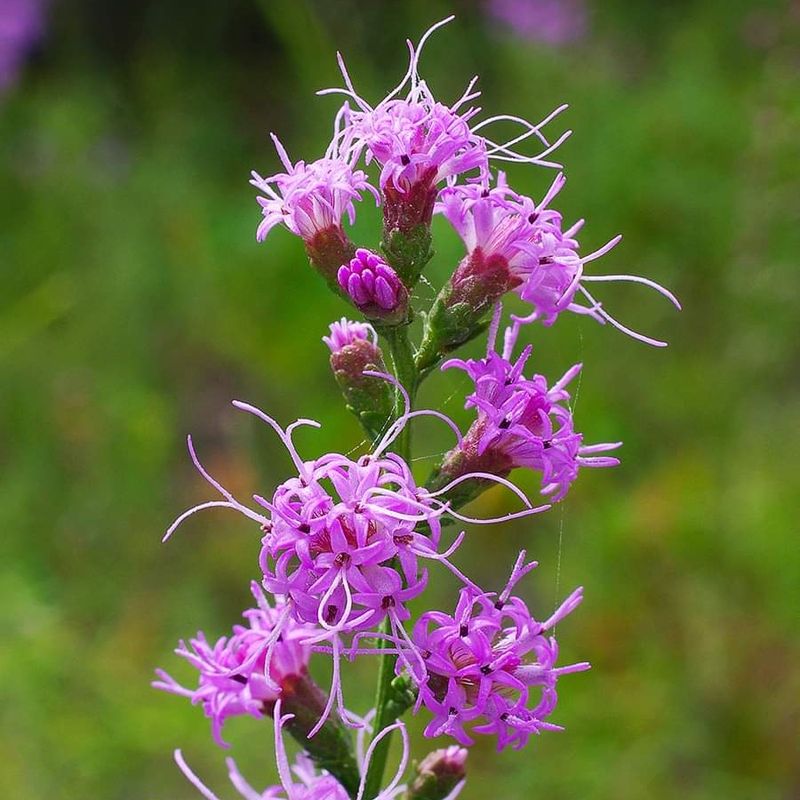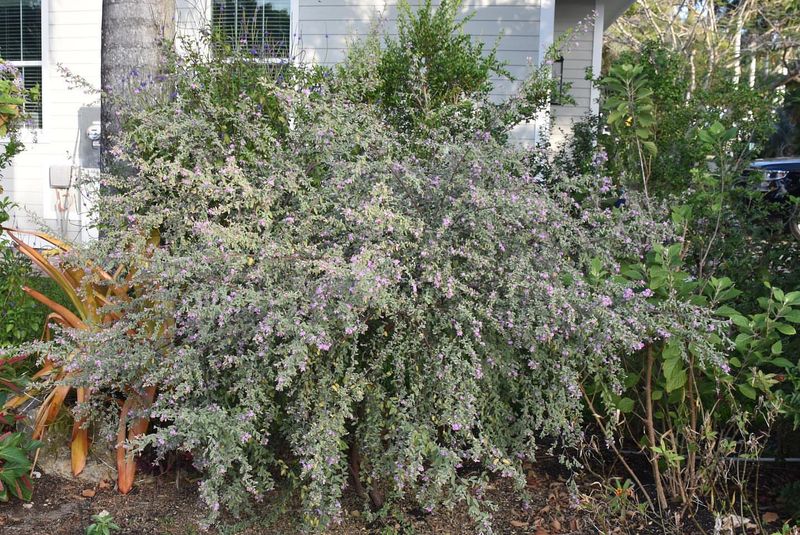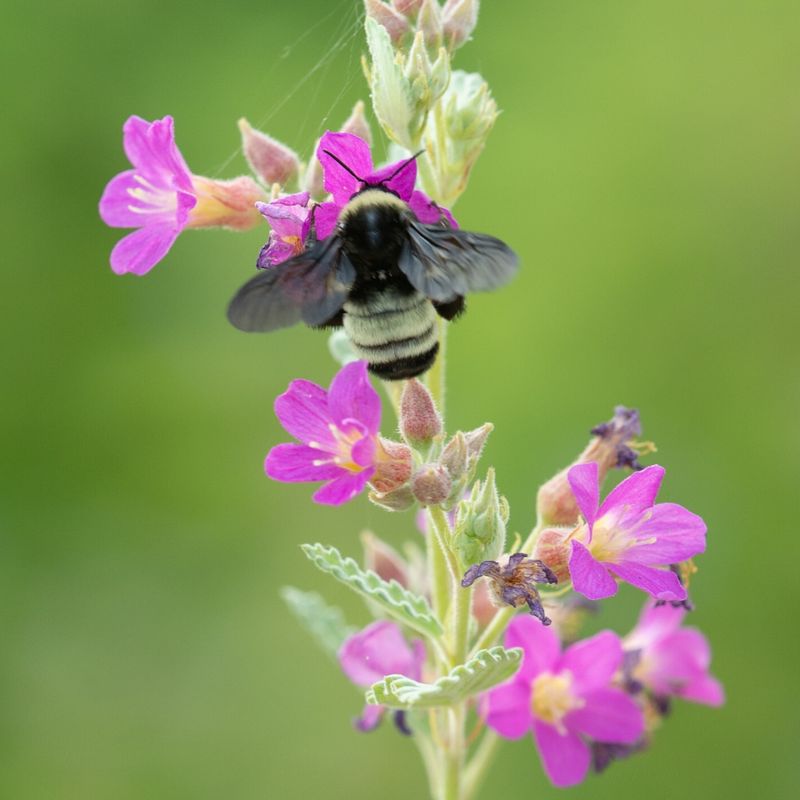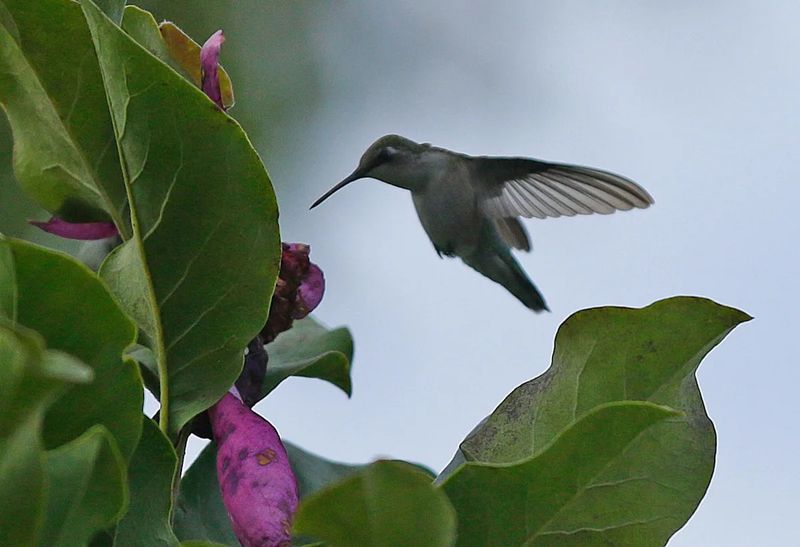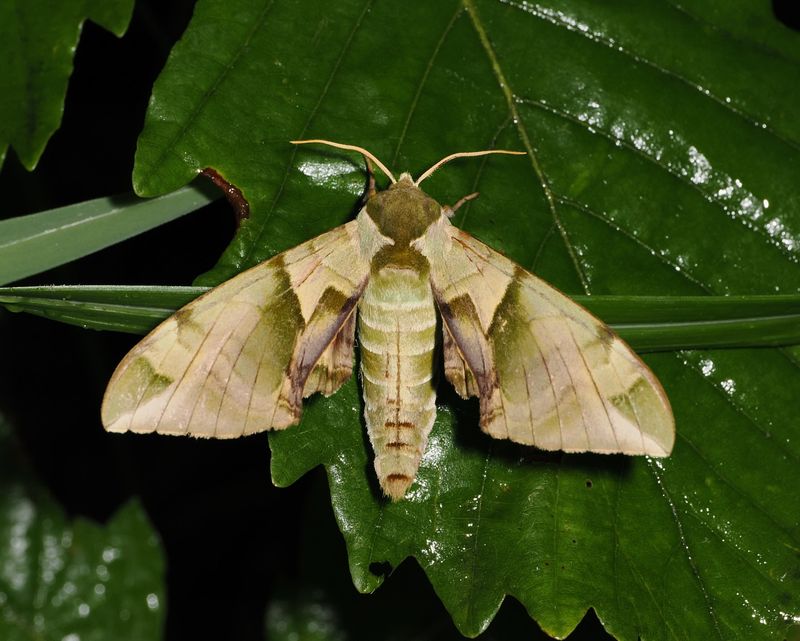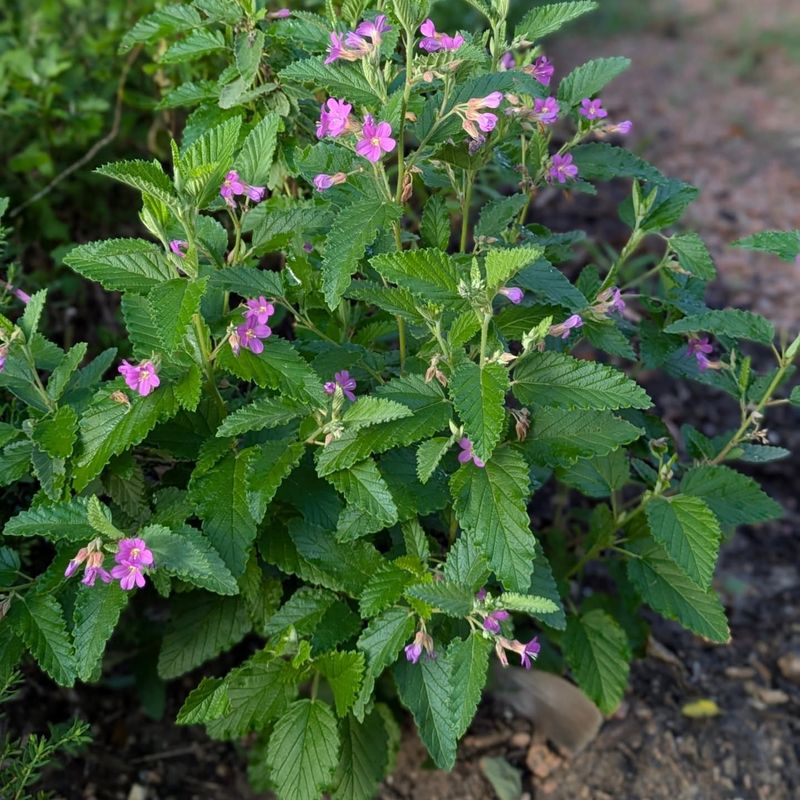When fall rolls around in Florida, most gardens are winding down—but one tree is just hitting its stride. It’s the kind of showstopper that turns heads, hums with wings, and proves that timing is everything.
While other blooms are fading fast, this late-season marvel becomes the bee’s knees for pollinators and the bird’s buffet in the neighborhood.
And the real kicker? The unsung hero behind this autumn buzz is none other than the Melochia tomentosa, the “pyramid bush” that every pollinator seems to fall for.
1. Nectar-Rich Purple Flowers Work Overtime
Fall brings a spectacular transformation to the Melochia tomentosa. While other plants wind down, this remarkable tree explodes with clusters of small, star-shaped purple blossoms that remain open from dawn till dusk.
The flowers produce exceptionally high nectar concentrations—up to 40% sugar content compared to the typical 25% in most flowering plants. This sugar-rich buffet becomes increasingly valuable as autumn progresses and alternative food sources diminish across the Florida landscape.
2. Butterfly Magnet With Record-Breaking Appeal
Researchers at the University of Florida documented an astonishing 27 butterfly species visiting a single Melochia tomentosa in just one October afternoon! The tree’s special appeal comes from its abundant nectar and the distinctive purple hue that butterflies can see more vividly than other colors.
Monarchs making their migration journey through Florida depend heavily on this reliable food source. Even rare Florida specialties like Atala butterflies abandon their typical cycad hosts to feast on teabush nectar during autumn months.
3. Drought-Resistant Survivor With Perfect Timing
Native to limestone soils and coastal areas, the Melochia has developed remarkable drought resistance. Its deep taproot can reach groundwater sources up to 15 feet below the surface, allowing it to bloom prolifically even during Florida’s occasional autumn dry spells.
The tree’s flowering cycle perfectly coincides with the fall nectar dearth—that critical period when summer blooms have faded but winter flowers haven’t yet appeared. This evolutionary timing makes the Melochia an irreplaceable cornerstone of Florida’s pollinator support system during seasonal transitions.
4. Native Bee Haven With Room Service
Forget honeybees—Florida’s 300+ native bee species go absolutely crazy for Melochia tomentosa! The tree’s open flower structure allows access to both large carpenter bees and tiny sweat bees alike.
Female bees collecting both nectar and pollen can gather enough resources from just a few visits to provision entire brood cells. Morning dew collects in the cupped leaves, providing convenient water stations that save bees precious energy during foraging trips. This combination of food and hydration makes the tree a one-stop resource for busy native bees.
5. Hummingbird Hotspot With Surprising Benefits
Ruby-throated hummingbirds making their autumn migration find Melochia tomentosa trees irresistible. The tubular base of each flower perfectly accommodates their specialized bills, while providing high-energy fuel for their long journey.
A fascinating University of Miami study revealed that hummingbirds visiting these trees showed 23% higher body weight than those feeding on garden feeders alone. The natural nectar contains trace minerals and amino acids missing from sugar water, demonstrating why these trees play such a crucial role in successful migration.
6. Night Shift Attracts Rare Moth Species
When the sun sets, the Melochia’s party doesn’t stop—it just changes guests! The flowers emit a subtle vanilla-like fragrance after dark that’s undetectable to humans but irresistible to night-flying moths.
Florida’s endangered Pluto sphinx moth relies almost exclusively on this tree during its fall breeding season. The relationship benefits both species: moths receive vital nutrition while the tree achieves optimal cross-pollination through the moths’ long-distance travel between trees. Conservation efforts now focus on planting Melochia corridors to support these declining moth populations.
7. Easy Backyard Addition With Multiplying Benefits
Growing to just 6-8 feet tall, the manageable Melochia tomentosa fits perfectly into Florida home gardens. Unlike fussy exotic plants, this native thrives with minimal care once established—no fertilizers or pesticides needed!
A single tree can produce over 10,000 seeds annually, making it easy to share with neighbors. Community “pollinator corridor” projects using these trees have documented remarkable results: neighborhoods with three or more Melochia plants show 78% higher pollinator diversity than those without. Your backyard addition contributes directly to Florida’s ecological resilience.

